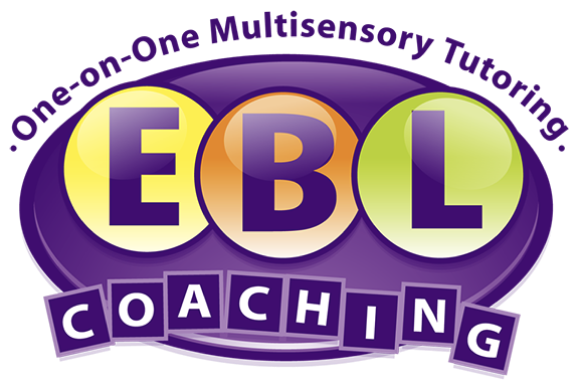
Helping Your Child with Learning Challenges
Many children with learning disabilities suffer from low self-esteem. They often feel bad about themselves when they score poorly on tests or can’t read as well as their peers. They may frequency receive “red marks” all over their homework and quizzes, despite trying their very hardest, which can be demoralizing. Help empower and motivate your child with a learning disability with the ideas detailed below.
Praise their efforts
It is important to praise your child’s efforts as much as possible. Many children with learning disabilities work super hard on their school work – often much harder than their peers – but their grades don’t reflect this effort. If your child doesn’t score well on a test or assignment but you know how hard they worked and how much time they put in, praise them! Make sure they know that you appreciate this effort, and that a strong work ethic is a skill that will ultimately help them be successful in life. The more you empower them and praise their hard work, the more confident they will become.
Play up their strengths
Children with learning disabilities may struggle with reading, writing, or math (or a combination of these skills), but they typically have incredible gifts and talents. Those with dyslexia are often incredibly creative and are talented artists. Others are fantastic actors, and many are very social with strong “people skills”. Play up these strengths with after school art classes or acting workshops – or perhaps even encourage them to babysit younger kids when they’re older to flex their great people skills.
Use a multi-sensory approach
Research tells us that using a multi-sensory approach when teaching children with learning disabilities is optimal for their learning. Aside from instruction at school, you can try using a multi-sensory approach at home with your child to help further develop their skills. With younger children, for instance, you can work on letter writing using colored sand or even sugar on a cookie sheet. Tell them the formation of a letter out loud (for instance “down, up, and around” for p, or “down and across” for t), and have them trace the letters in the sand or sugar. You can also try this activity using sand at a beach or dirt at a park. For older children, you can build reading comprehension and active reading skills by teaching them to identify three elements when reading: the topic, which is one two or three words describing the passage; the main idea, which is what the author is saying about the topic; and the important details. They can then highlight the topic in blue, main idea in green, and important details in yellow – or choose their own favorite three colors. Learn more about the Orton Gillingham multi-sensory approach at The Orton Gillingham Approach – EBL Coaching.
They are not alone!
Remind your child that some of the greatest leaders and most successful people in life have a learning disability or ADHD. Tom Cruise and Whoopi Goldberg have dyslexia. Michael Phelps has ADHD. Steve Jobs had dyslexia, and Leonardo Da Vinci likely had both dyslexia and ADHD. Having a learning disability is a gift, and it certainly should not hold your child back in life.
Turn to academic tutoring if need be
Many kids with learning disabilities struggle in school. They might have trouble with one skill, like reading, while others struggle with a combination of skills, like reading and math, or perhaps they have difficulty with executive functioning skills. Some students receive enough support at school to help them thrive, and certain parents are able to provide extra support at home. However, if your child continues to struggle despite these efforts, you may want to consider one- on-one tutoring. Make sure, however, that it is not homework help or generic tutoring, but that it is specialized tutoring, ideally using a multi sensory approach, provided by someone with extensive experience working with children with learning disabilities. Learn more at Orton Gillingham Tutors NYC and NJ – EBL Coaching.
Individuals with learning disabilities often have so many strengths – they are typically bright, creative, and social, but they don’t always see it. Try these ideas to empower your child, build their self-esteem, and ultimately help them thrive in school and in life.
Other Related Blogs:
Helping Autistic Students Build Stronger Executive Functioning Skills
